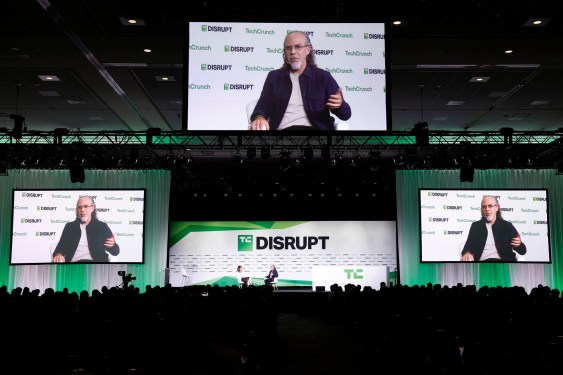Alphabet’s X moonshot factory is changing its approach to launching ambitious technology projects. Instead of keeping them within the Alphabet corporate structure, it is increasingly spinning them out as independent companies. This new strategy was revealed by X’s head, Astro Teller, at TechCrunch Disrupt.
The plan relies on a dedicated venture fund that exists solely to invest in these X spinouts. In this fund, Alphabet is only a minority investor. Teller explained that if Alphabet were the sole investor, the fund would be inside Alphabet, and the investments would still be part of the company. By keeping Alphabet’s stake small, they achieve the desired independence for the new companies.
That fund is Series X Capital, which has raised over five hundred million dollars. It is run by Gideon Yu, a former YouTube executive and Facebook CFO. Unlike Alphabet’s other investment arms like GV, CapitalG, and Gradient Ventures, Series X Capital is legally required to invest only in companies that come out of X.
This method marks a significant evolution for X. In the past, successful projects like Waymo and Wing became standalone subsidiaries of Alphabet. Teller stated that over the past decade, the lab learned that while some projects benefit from Alphabet’s resources, others can move faster and do not gain from being part of Alphabet because they are so different. He said landing a project just outside the Alphabet structure, where they can maintain a close relationship and strategic benefits without direct control, makes sense.
Teller explained that this spinout strategy is only possible because of X’s culture of intellectual honesty, which includes actively celebrating the termination of promising ideas. X defines a moonshot as having three specific parts. It must tackle a huge global problem, propose a product or service that could eliminate that problem, and use breakthrough technology that offers a glimmer of hope for a solution. Teller noted that if a proposed moonshot sounds reasonable, the company is not interested because that would not be a true moonshot.
Ideas that meet these criteria are tested ruthlessly to find reasons to end them. Teller said that for a small amount of money, they can learn if an idea is more or less feasible than initially thought. If it is more crazy, they celebrate shutting it down and move on. This approach requires team members to detach from their ideas. Teller said he does not even know who started most projects at X, including Waymo and Wing. He believes that if an inventor feels a project is their baby, it prevents true intellectual honesty.
In practice, X tackles the hardest parts of a project first, actively seeking reasons to stop it. This results in a brutal two percent success rate, which Teller views as a feature, not a failure. X has ended far more projects than it has launched, including entire categories like copywriting AI tools that were later absorbed by foundation models.
All this testing and failing can be expensive. The spinout structure solves a practical problem. Previously, X had to find outside venture investors willing to take a majority stake to spin a business out of Alphabet. Now, with a fund that understands X and is legally bound to invest only in its projects, the spinout process is systematized while keeping close strategic ties.
Even with the emphasis on detachment, X employees have significant incentives when projects spin out. Those working on a project headed for independence receive a substantial financial stake in the new company. Teller said the team gets as much equity as if they had started the company in their garage at that funding stage, but without taking any personal financial risk in the meantime.
The recruitment pitch to potential X employees is clear about this trade-off. Teller stated that while the potential financial upside is bigger outside of X, working at X allows them to be innovators without fear or financial risk. X employees are paid like other Google employees and do not receive equity in early-stage projects because those are just ideas being explored. This removes the financial pressure that often prevents founders from ending their own ideas, allowing them to dispassionately discard projects that are not working.
In 2025, X has spun out at least two companies. They are Taara, which develops wireless optical communication technology, and Heritable Agriculture, a biotech company using machine learning to speed up crop breeding. Previous spinouts that raised external funding include Malta for renewable energy storage, Dandelion for geothermal heating, and iyO for AI-powered earbuds.
Just before Disrupt, X announced its newest moonshot company called Anori. It is a new AI platform designed to help real estate developers, architects, construction industries, and cities manage the complexities of new building projects. When asked what makes this AI platform a moonshot, Teller pointed to the scale of the problem and the opportunity. He noted that the built environment generates about twenty-five percent of the world’s solid waste and about twenty-five percent of its carbon dioxide output. It is a fundamental human need, a place where people spend most of their time, and a large part of the global GDP, making it an incredibly important industry.

